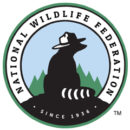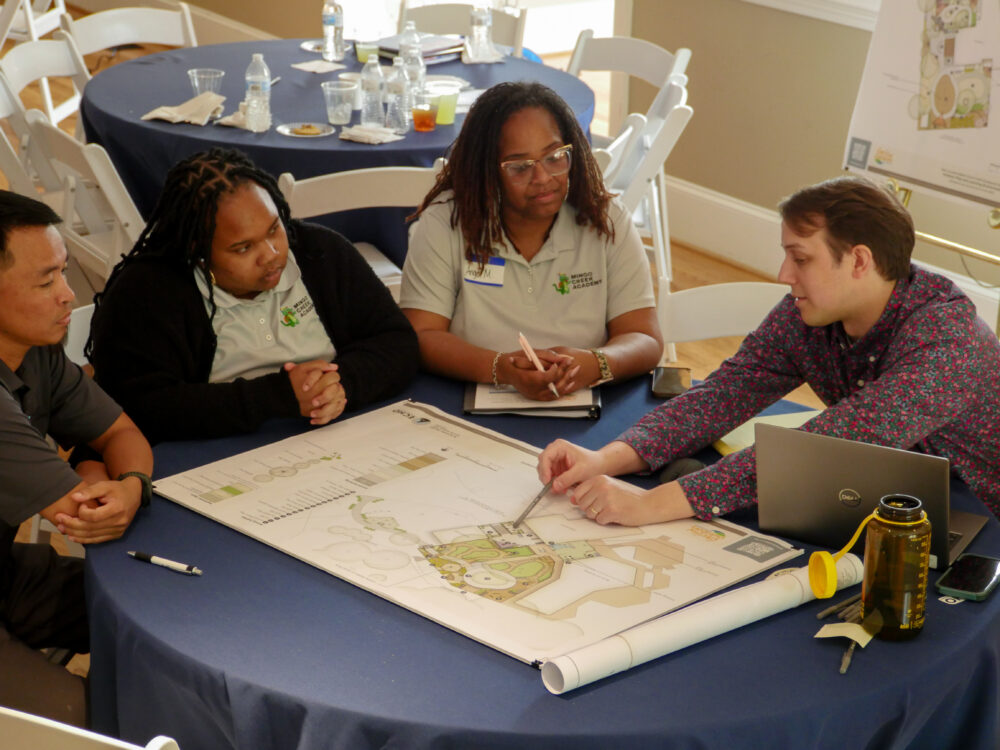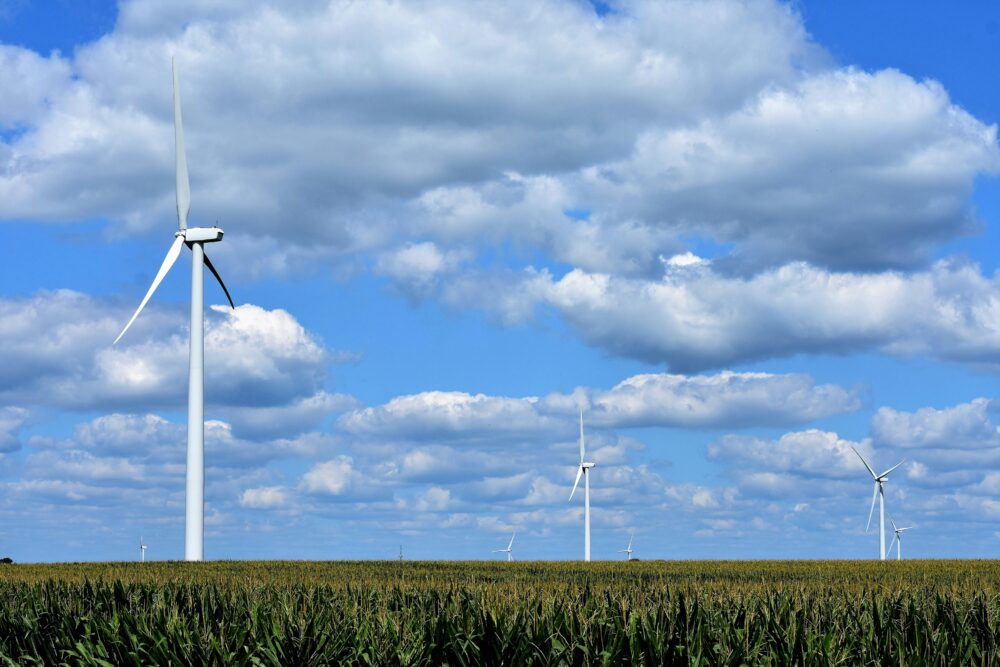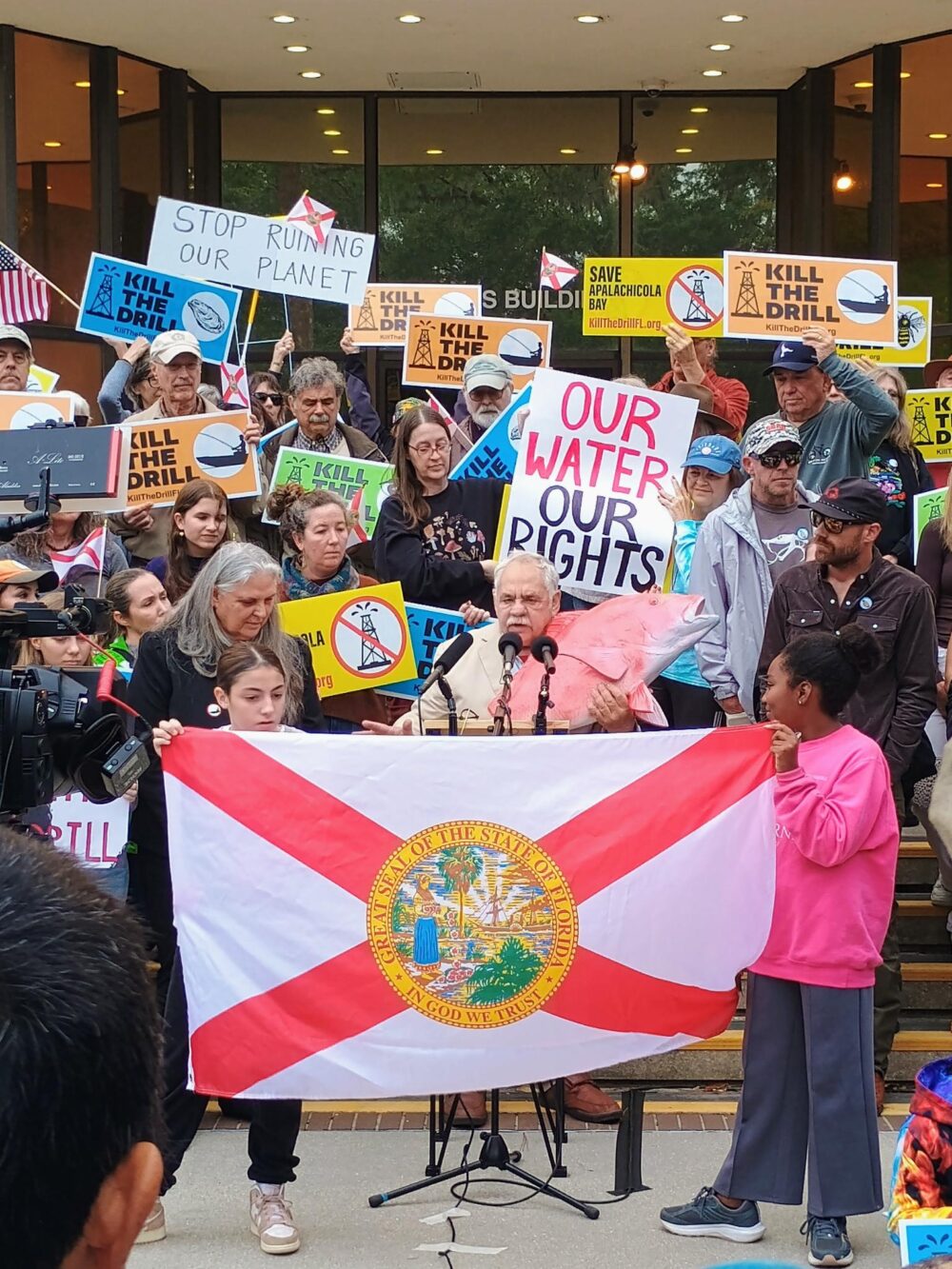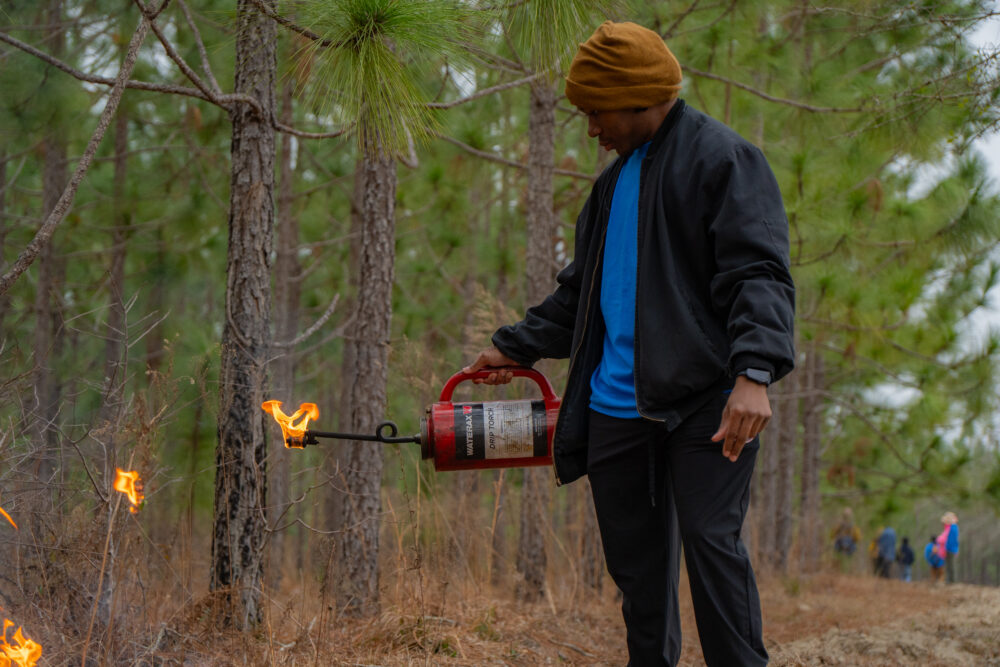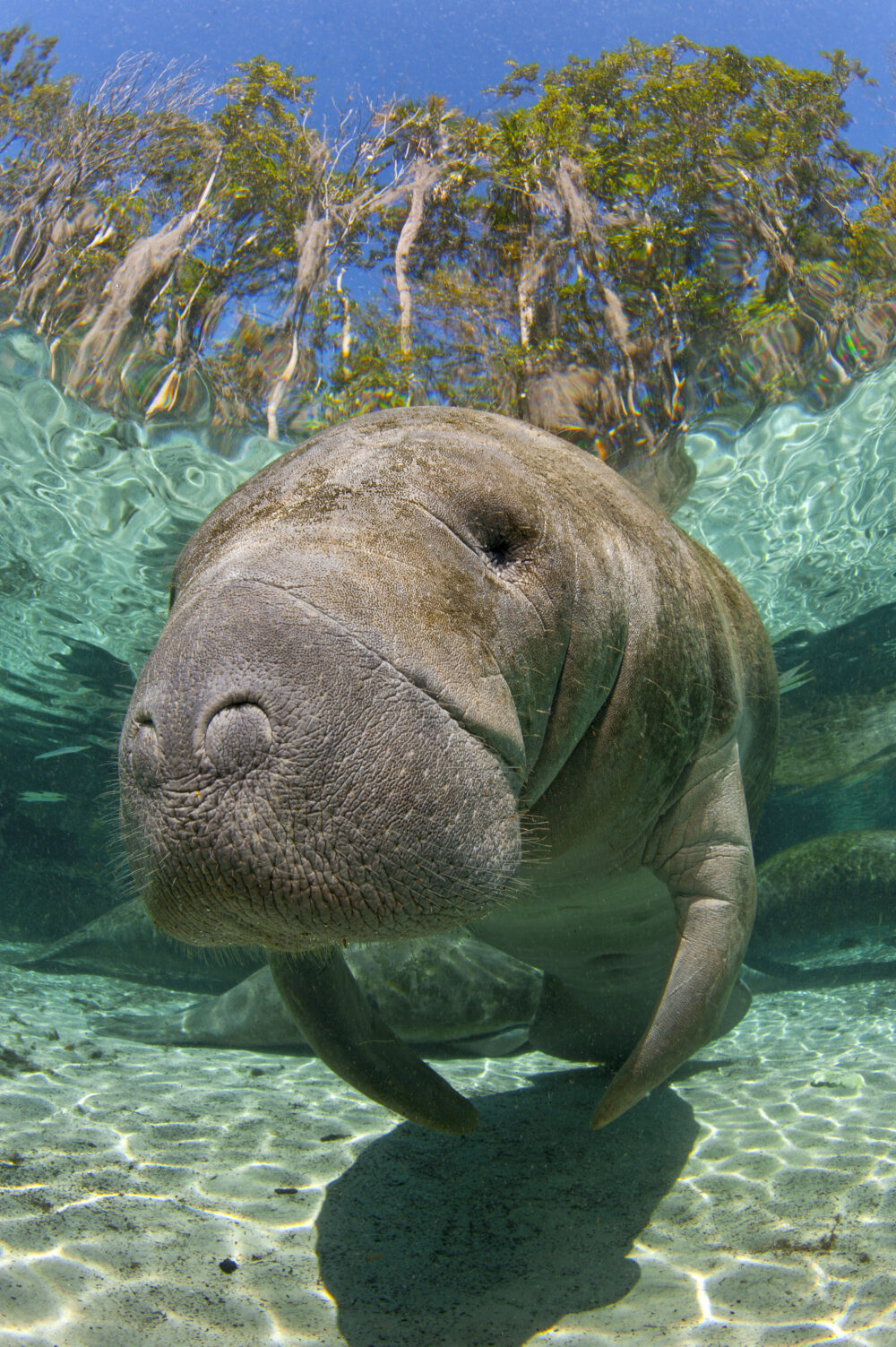We have much more to do and your continued support is needed now more than ever.
Longleaf Pine Restoration
This Week in NWF History
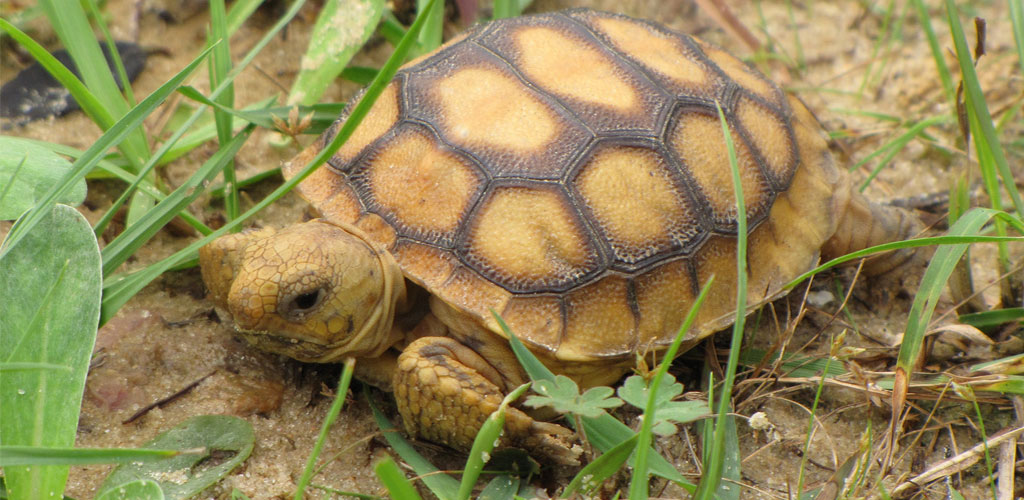
Since 1936, the National Wildlife Federation has worked to conserve the nation’s wildlife and wild places. As part of our 80th anniversary celebration, we are recognizing important moments in our history that continue to make an impact today.
The biggest threat facing wildlife is habitat loss, and the southeastern United States is no exception from this peril. Wildlife need specific habitats to find the food and shelter they need to survive and thrive, but as human population numbers grow and natural resources face increasing pressures, habitats such as forests become fragmented and are sometimes lost completely to other land uses. This loss displaces animals, birds and insects — leaving some types of wildlife unable to adapt or survive.
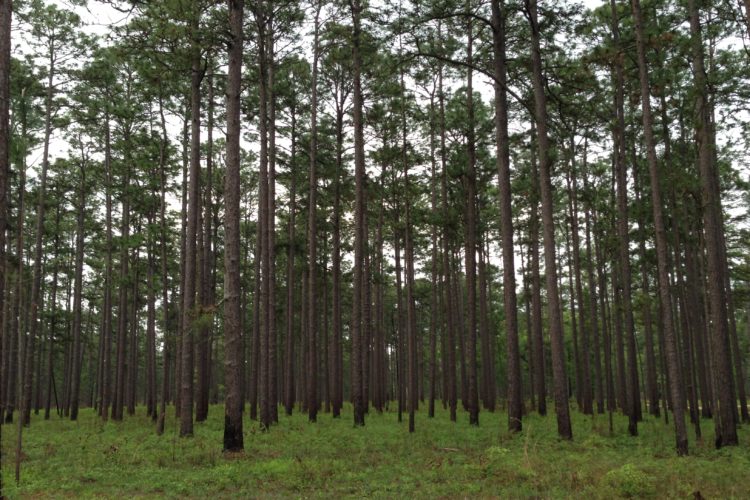
Longleaf pine forests once spanned 90 million acres from Virginia to Florida to Texas. Yet, by the late 1990s, after 300 years of land use for timber, agriculture and development, only 3-4% of the forests remained. This extensive loss of longleaf pine caused a dramatic change in the region and had immense negative impacts on wildlife. These forests contain some of the most biodiverse and important natural areas for plants and animals in the United States.
Great biodiversity is found in longleaf pine forests — some areas boast up to 140 plant species per square kilometer — where wildlife live, forage and mate. A sample of wildlife species found in longleaf pine forests include:
-
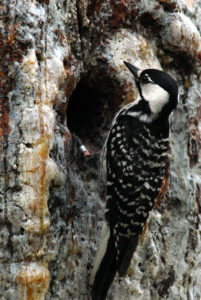
The red-cockaded woodpecker is one of the endangered species living in longleaf pine forests. Photo by USFWS Northern bobwhite quail
- Red-cockaded woodpeckers
- Gopher tortoises
- Striped newts
- Southeastern pocket gophers
- Pinewoods tree frogs
- Mimic glass lizards
- Pine and prairie warblers
- Eastern indigo snakes
- Bachman’s sparrows
- White-tailed deer
- Eastern wild turkey
This year, National Wildlife Federation and the Alabama Wildlife Federation are celebrating 9 years of uniting together to protect this important and iconic forest of the Southeast.
Since 2007, NWF and AWF have worked side by side to restore over 13,825 acres of longleaf pine habitat on private lands in Alabama — approximately the size of 10,455 football fields of habitat for wildlife to flourish and thrive! The Alabama Longleaf Pine Restoration on Private Lands – III project is receiving funding from Gulf Power and Southern Company through their NFWF partnership.
Longleaf pine forests signify an astounding wealth of cultural, ecological, economic and social values, all on the same acres. NWF remains committed to restoring the signature forest in the Southeast as well as many other types of habitat where wildlife live.
Protecting and conserving wildlife habitat is the best way to ensure the conservation of animals, birds, amphibians and insects for generations to come.
Join NWF Help NWF continue our longleaf pine restoration work!

